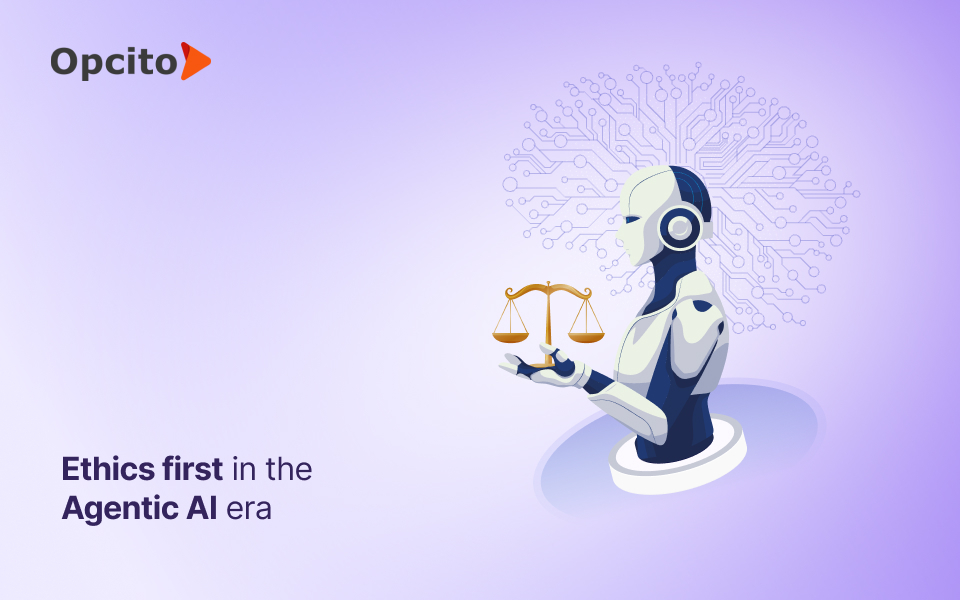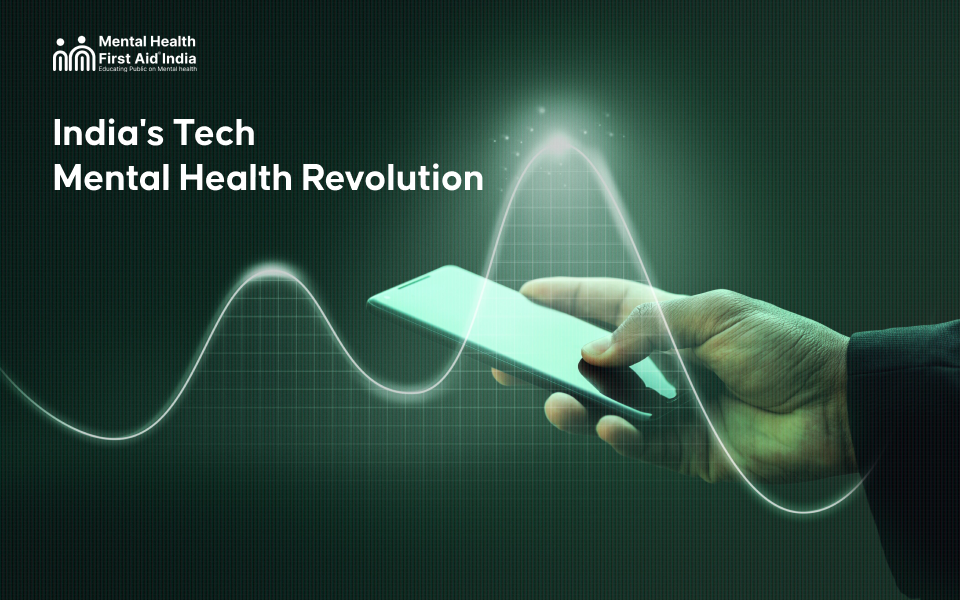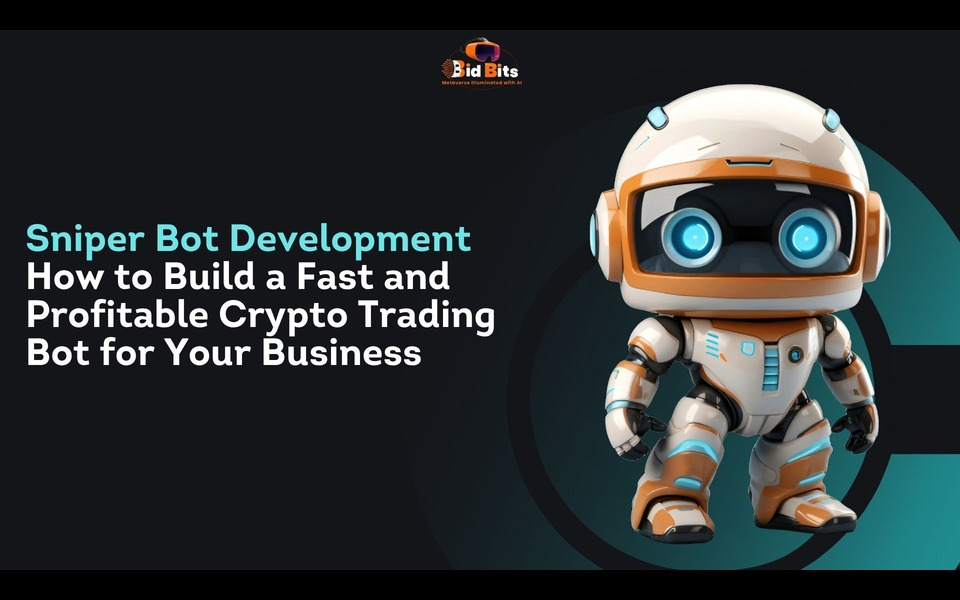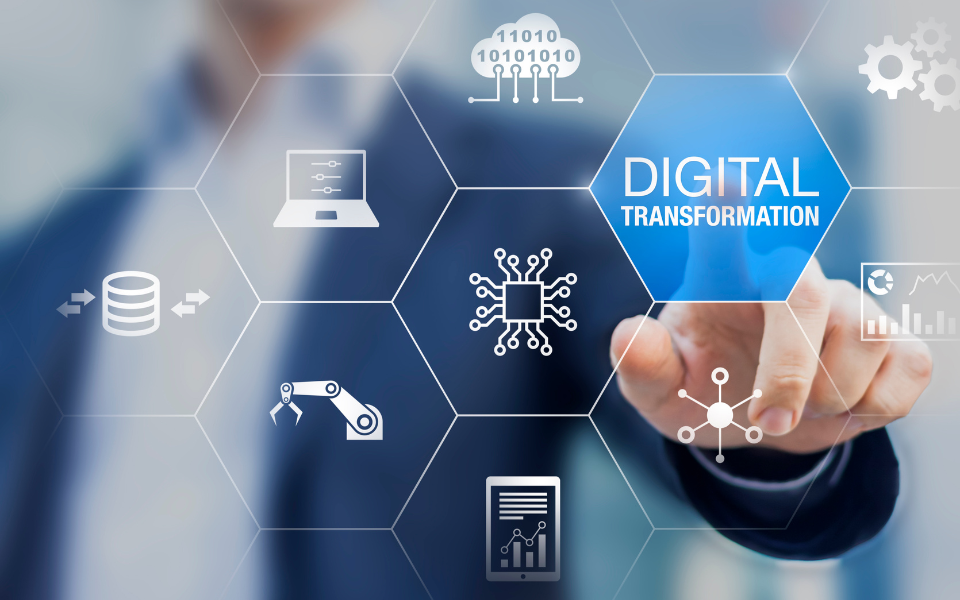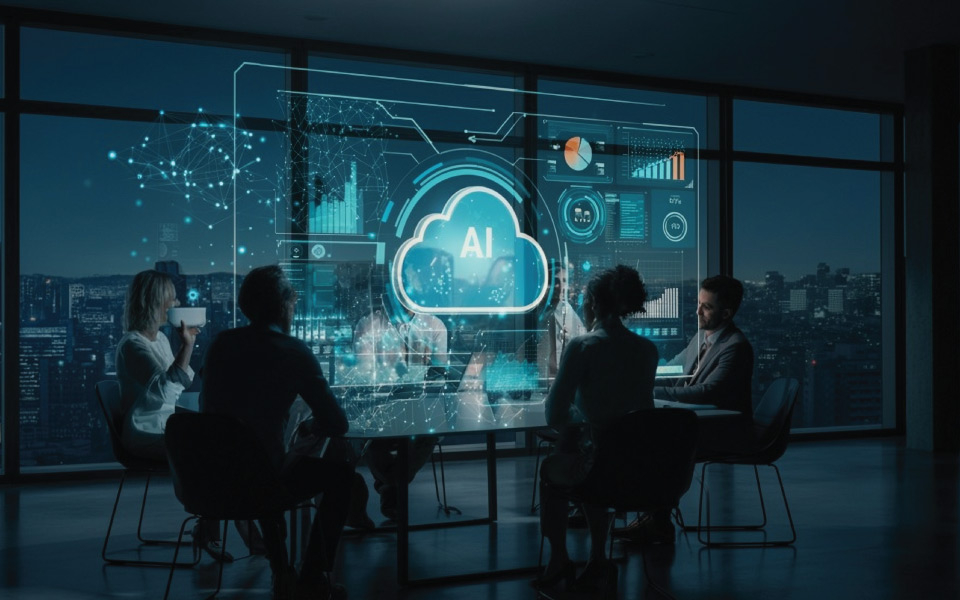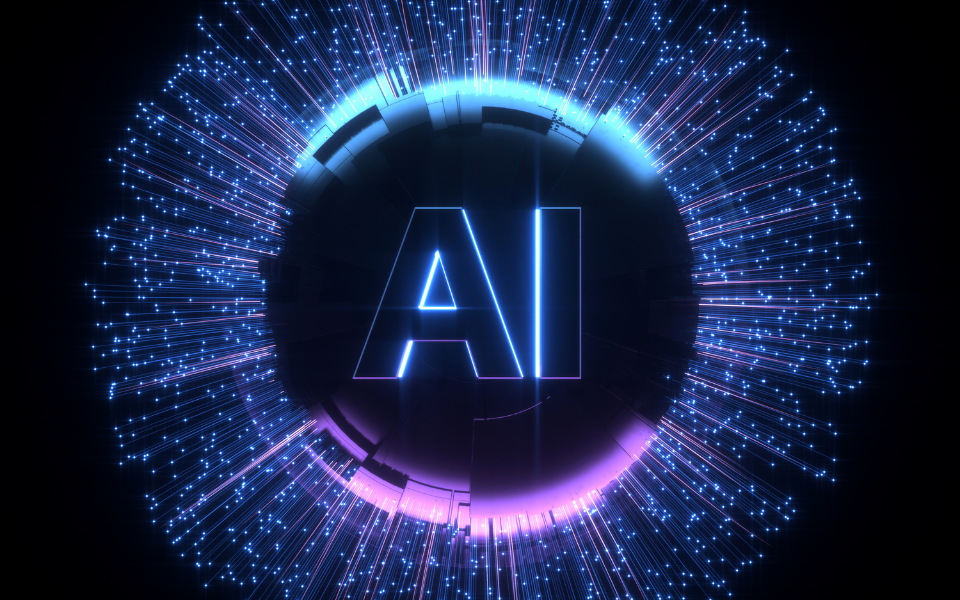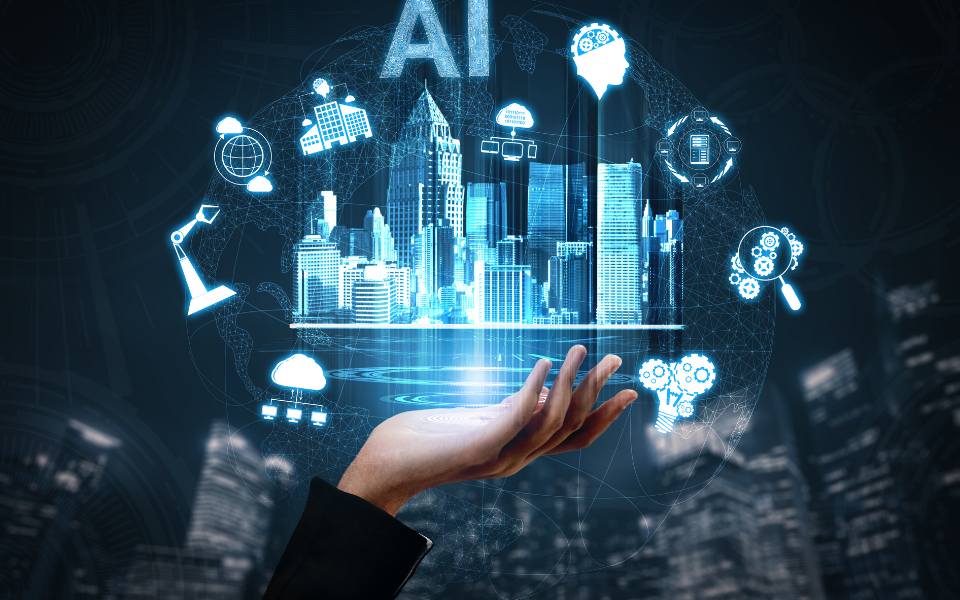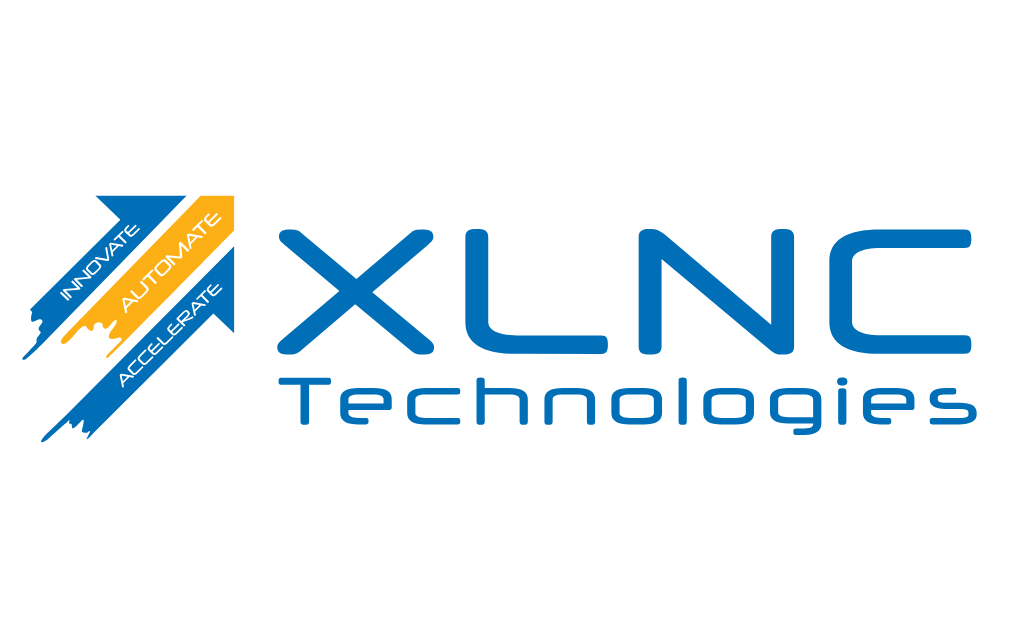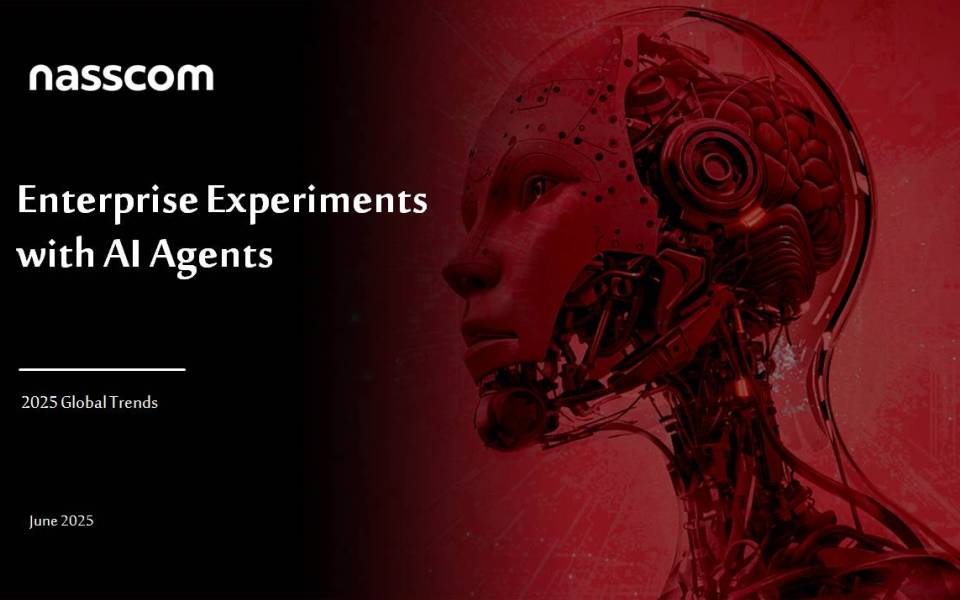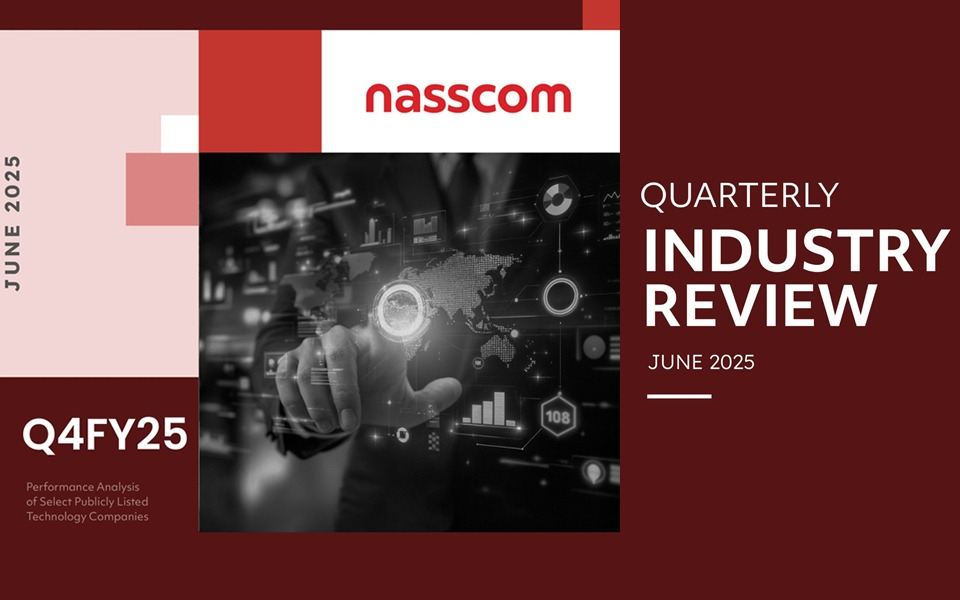In H12025, a leading product company announced plans to cut nearly 8,000 jobs as it ramped up AI-based automation efforts. Another big tech laid off its experienced IT position holder along with a significant amount of human capital. Read any recent article on workforce cuts, and you're likely to wonder: ‘Am I next?’ or ‘Will AI replace my role?’”
As a product company employee, you might also have the same concerns. Let’s dig deeper into recent job cut trends- Is this really downsizing, or is it a strategic restructuring move?
Since Gen AI came into existence, big techs, leading model makers and software product companies along with their workforce have been navigating rapid cycles of adaptation, learning, and constant reinvention to stay relevant in an AI-first world. However, it has yet to stabilize due to the continuous evolution of the technology. These companies are consistently integrating emerging AI models into their offerings to provide better user experiences than their competitors and to strengthen their market value. From internal operations to external, client-facing use cases, AI is now embedded across nearly every business process. This swift and widespread adoption has left many employees feeling uncertain and concerned that they may have lost their competitive edge and could soon be replaced by AI.
To put this into clearer perspective and better understand the real-world impact of AI-led workforce transformations, let’s have a closer look at the wave of restructuring that have taken place across these companies this year which highlights how AI is directly and indirectly influencing workforce strategies at the highest levels.
|
Company
|
Workforce Shifts
|
Scope of Impact
|
Publicly Disclosed Reason
|
Scale of Impact
|
|
Microsoft
|
Functions Impacted: IT primarily
Roles Laid Off: Software developers and Software Engineers
Project Managers and Technical Managers
Potential New Hires: Top AI researchers to work on AI data centres
|
Across all levels, teams and geographies
|
- Greater allocation to AI infra and cloud services.
- Coding 35% of software through AI
- Saved $500 Mn through AI last year, leading to workforce restructuring as strategic realignment to prioritize AI and cloud
Shift led by: Major investments, ~$80bn, directed towards data centres to train AI models
|
15000 Employees
(228000 Global workforce)
|
|
AWS
|
Functions Impacted: Cloud Division primarily
Roles Laid Off: Restructured ‘Specialists’ team responsible for co-creating products and promoting AWS services with customers.
|
Mid to senior level managers
|
- Cutting down on its “Bureaucracy Layer” of specialist
- Plans to invest AU$20 billion to expand data centre infrastructure in Australia and €7.8B into the AWS European Sovereign Cloud by the end of 2025
|
More than 100 job roles
(1,556,000 Global workforce)
|
|
Google
|
Function Impacted: IT, R&D, and Marketing
Roles Laid Off:
- Research
- Knowledge and Information
- Central Engineering
- Marketing and Communications
|
Not disclosed
|
- Offered voluntary exits to U.S. staff in roles with lower human-led involvement.
- Restructured teams by phasing out repetitive and routine-driven roles.
|
Not disclosed
|
|
IBM
|
Function Impacted: Majorly HR
Roles Laid Off:
- Replaced around 200 HR roles with AI Agents
- Repetitive roles where AI is useful
- Operations particularly in back-office functions.
|
Not Disclosed
|
- Streamlined enterprise workflows very aggressively
- Reshaping its workforce to focus on roles that demand human intelligence
|
Fired 8000 employees
(282,000 Global workforce)
|
|
Salesforce
|
Function Impacted: IT primarily
Roles Laid Off:
- Software engineers
- Managers
- Analyst
|
Managers, Senior Managers with 5-10 years of experience
|
- Focusing is on its platform Agentforce.
- No plans to hire engineers due to productivity gains by AI
- Hiring staff to handle new AI products.
|
More than 1000 employee i.e. 1.4% of its Global workforce i.e. around 73,000
|
|
Meta
|
Function Impacted: IT and Legal
Roles Laid Off:
- Software engineers
- Policy
- Managers
|
Mid-level executives and engineers
|
- Low internal performance of employees,
- The goal is to improve overall efficiency and performance
|
Laid off 3600 employees i.e. 5 % of its workforce
(Over 74000 Global workforce)
|
Table 1: Overview of key layoff drivers across some leading tech companies
The table above outlines the key drivers behind workforce realignment in product companies. The analysis suggests that the primary drivers of workforce reductions are AI-led changes across product architecture, process automation, and potentially improved worker efficiencies by using the evolving AI technologies. Some takeaways from the table are listed below:
- Product architecture revamp: Product companies are undergoing significant restructuring and rebuilding of their overall product architecture unlike service companies, which are comparatively slower in transition as they primarily focus on packaging AI into their existing platforms. Consequently, many product companies have laid off senior-level executives during this transition. While these decisions may arise from various strategic considerations, one possible reason is the growing need to unlearn traditional methods and reskill in alignment with AI-driven workflows.
- Future product R&D: Companies are focused on what best serves the future of their products. This shift demands that employees also evaluate how they can remain relevant to evolving business needs. If AI can complete a coder’s task in one-tenth the time, the coder must find ways to bring value during the remaining time, whether through enhancing system efficiency, guiding AI, or aligning more closely with product goals.
- Shift from generalist developers to focused AI+ software developers: A current example of this layoff trend is seen in companies like Salesforce, which is shifting its focus away from hiring software engineers and instead prioritizing roles that support its flagship AI product, Agentforce. Similarly, Microsoft is investing heavily in AI talent, particularly top-tier researchers while scaling back on hiring software engineers and coders.
- Automation of repetitive tasks and processes: Repetitive tasks are increasingly being managed by AI-driven automation because organizations are restructuring their functions around newer tech development, which includes adoption of agents within their own processes. For instance, Google offered voluntary exits to employees in divisions where roles were largely repetitive and could easily be handled by AI.
- Cost impact: Last year, Microsoft reported saving $500 million in its call centre division using AI. This year, the company announced a workforce reduction of approximately 15,000 employees. Additionally, it plans to invest around $80 billion to train AI models and scale the deployment of AI and cloud-based applications.
- Strategic rehiring: Organizations are not only reducing their workforce but are also strategically hiring for human-led roles, just like how IBM fired 8000 of its employees while simultaneously hired staff in sales and marketing function and Meta which poached two top AI researchers from OpenAI who worked on the O1 and O3 reasoning models, and two more AI researchers from Apple aiming to strategically expand its Superintelligence Labs.
How to be future ready?
The analysis suggests that the shift in organizational architecture due to AI adoption might be one of the major factors contributing to recent layoffs. This transformation may have led to restructuring across teams and functions, ultimately resulting in workforce reductions across companies. While certain roles are being eliminated, there is also a growing focus on hiring for positions that demand higher human intelligence, such as creativity, strategic thinking, people management, client-facing responsibilities, and especially roles related to managing and overseeing AI products.
To remain relevant and complement AI rather than be replaced by it, employees regardless of the department or function, workers can adopt the following strategies:
- From legacy systems to AI first thinking: As AI becomes a core component of product development, unlearning traditional methods and adapting quickly to AI integration is crucial, something that may pose a challenge for long-tenured employees accustomed to legacy systems and approaches.
- Upskill: Focus on upskilling with AI as well as strengthen your Domain. A solid blend of Domain + AI + Tech will open new opportunities and future-proof your career to be relevant
- Strengthen empathetic skills: Learn skills that AI can’t replace like creativity, critical thinking, leadership, and ethical judgment. These capabilities are essential for navigating ambiguity, making value-driven decisions, and leading team.
- Acquire interdisciplinary skills: Blend knowledge across fields like business, technology, and data to solve complex problems. Interdisciplinary skills help you connect the dots, adapt faster, and work effectively in cross-functional AI teams.
- Explore emerging hybrid roles: Roles like AI product managers, AI compliance officers, or AI operations leads are emerging. Employees can consider shifting into hybrid roles that involve managing AI systems, governance, or AI vendor relationships.
Learn AI, Use AI, Lead with AI because AI won’t replace you, someone using AI might!






